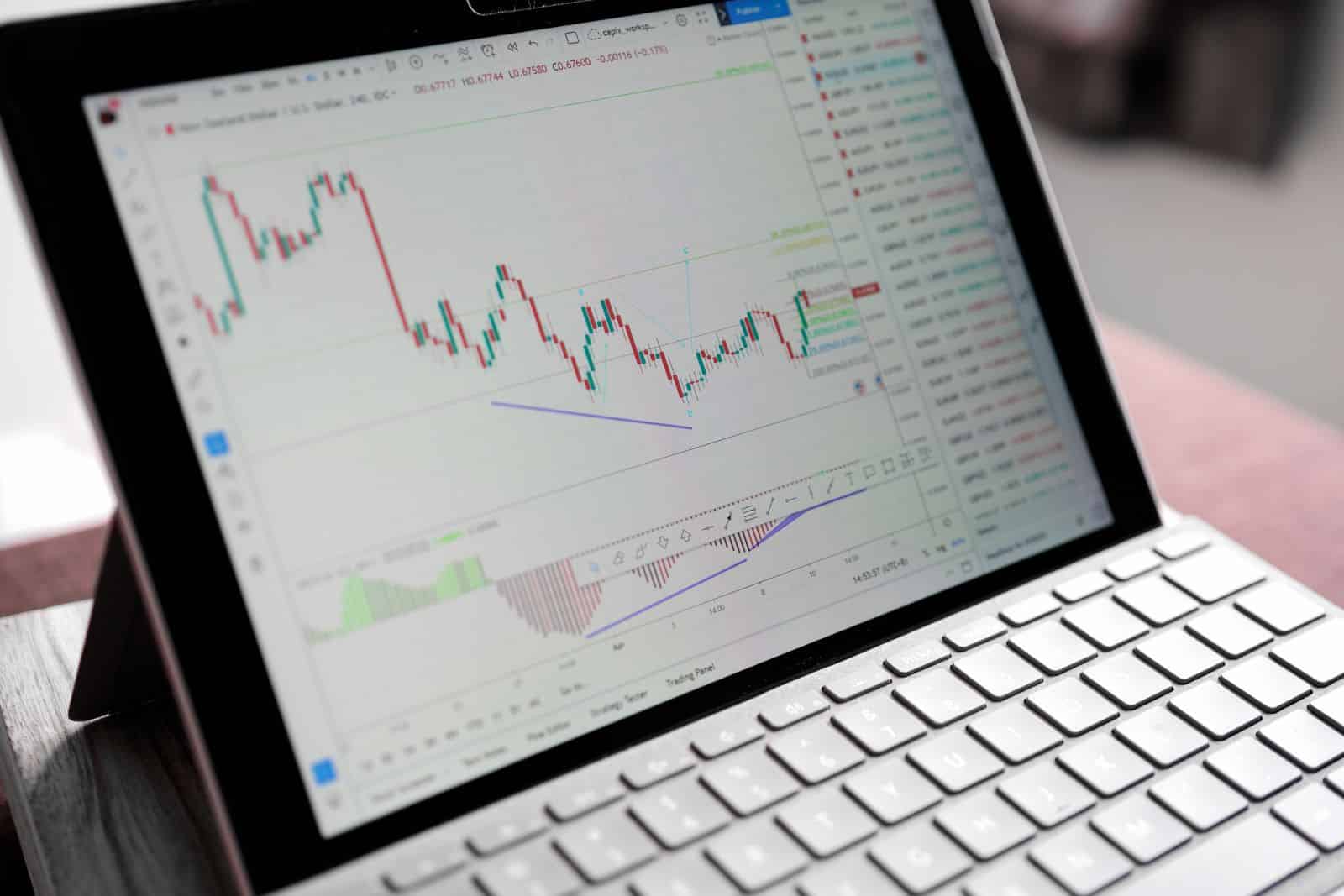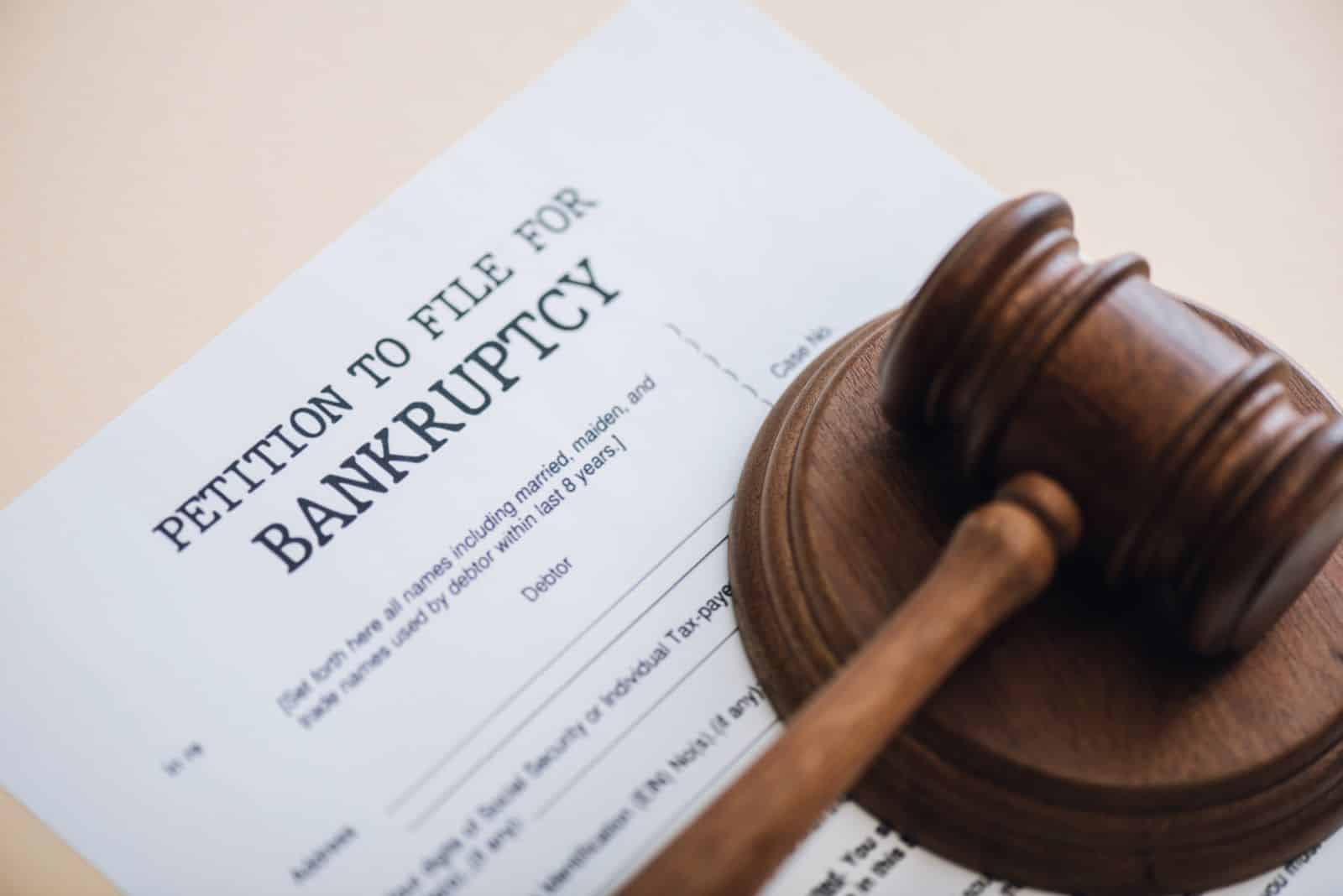As millions of Americans look forward to a peaceful retirement, lurking financial challenges could disrupt their dreams. Are your retirement plans secure, or are they threatened by hidden dangers?
#1. Underfunded Public Pensions

Many state and local government pensions are severely underfunded, lacking the assets to cover promised benefits. This shortfall could result in reduced payouts to retirees.
#2. Rising Healthcare Costs

Healthcare expenses in retirement are escalating faster than most pensions can keep up. This can consume a larger portion of retirement income, impacting overall financial security.
#3. Low Interest Rates

Persistently low interest rates have made it challenging for pension funds to generate the returns needed to sustain payouts. This could lead to higher contribution demands or lower benefits.
#4. Increased Longevity

As life expectancy increases, pension funds must pay out benefits for longer periods, straining their resources. This longevity risk is a growing concern for pension sustainability.
#5. Legislative Changes

Potential legislative changes to pension rules could affect the stability of pension funds. Changes in benefit calculations or eligibility criteria can significantly impact retirees.
#6. Inflation Risk

With inflation, the buying power of fixed pension payments diminishes over time. If pensions are not adequately indexed to inflation, retirees might struggle to maintain their living standards.
#7. Investment Volatility

Pension funds invested in volatile markets face significant risks. Market downturns can severely impact fund values and the ability to meet benefit obligations.
#8. Corporate Bankruptcies

When companies managing private pension plans go bankrupt, pension benefits can be at risk. Even though insured, the coverage may not fully replace the original benefits.
#9. Political Risks

Changes in government policy or political instability can influence public pension funding and stability. Political decisions can shift financial priorities away from pension support.
#10. Demographic Shifts

An aging population means fewer workers are contributing to pension funds while more retirees are drawing benefits. This imbalance can exacerbate funding issues.
#11. Decreased Employee Contributions

During economic downturns, both employees and employers might contribute less to pension plans, weakening the financial health of these funds.
#12. Over-Reliance on Assumptions

Pension funds often rely on optimistic assumptions about investment returns and participant demographics. Unrealistic expectations can lead to financial shortfalls.
#13. Lack of Diversification

Pension funds with poor diversification are more vulnerable to sector-specific downturns. Diversification is crucial to mitigate risks and ensure stable returns.
#14. Mismanagement and Fraud

Poor management or fraud within pension funds can devastate their capacity to meet obligations. Transparency and accountability are essential for maintaining fund health.
#15. Shift to Defined Contribution Plans

The shift from defined benefit to defined contribution plans transfers the investment risk to employees. This change can leave retirees exposed to market risks at a vulnerable time in their lives.
Retirement On the Brink

The stability of your retirement is not just a matter of personal saving but also the health of the pension system. Are you prepared to adapt if these potential crises become reality? Let’s work together to secure a financially stable retirement.
The post – 15 Pension Time Bombs Waiting to Explode in the U.S. – first appeared on Career Step Up.
Featured Image Credit: Shutterstock / fizkes.
The content of this article is for informational purposes only and does not constitute or replace professional financial advice.
For transparency, this content was partly developed with AI assistance and carefully curated by an experienced editor to be informative and ensure accuracy.

